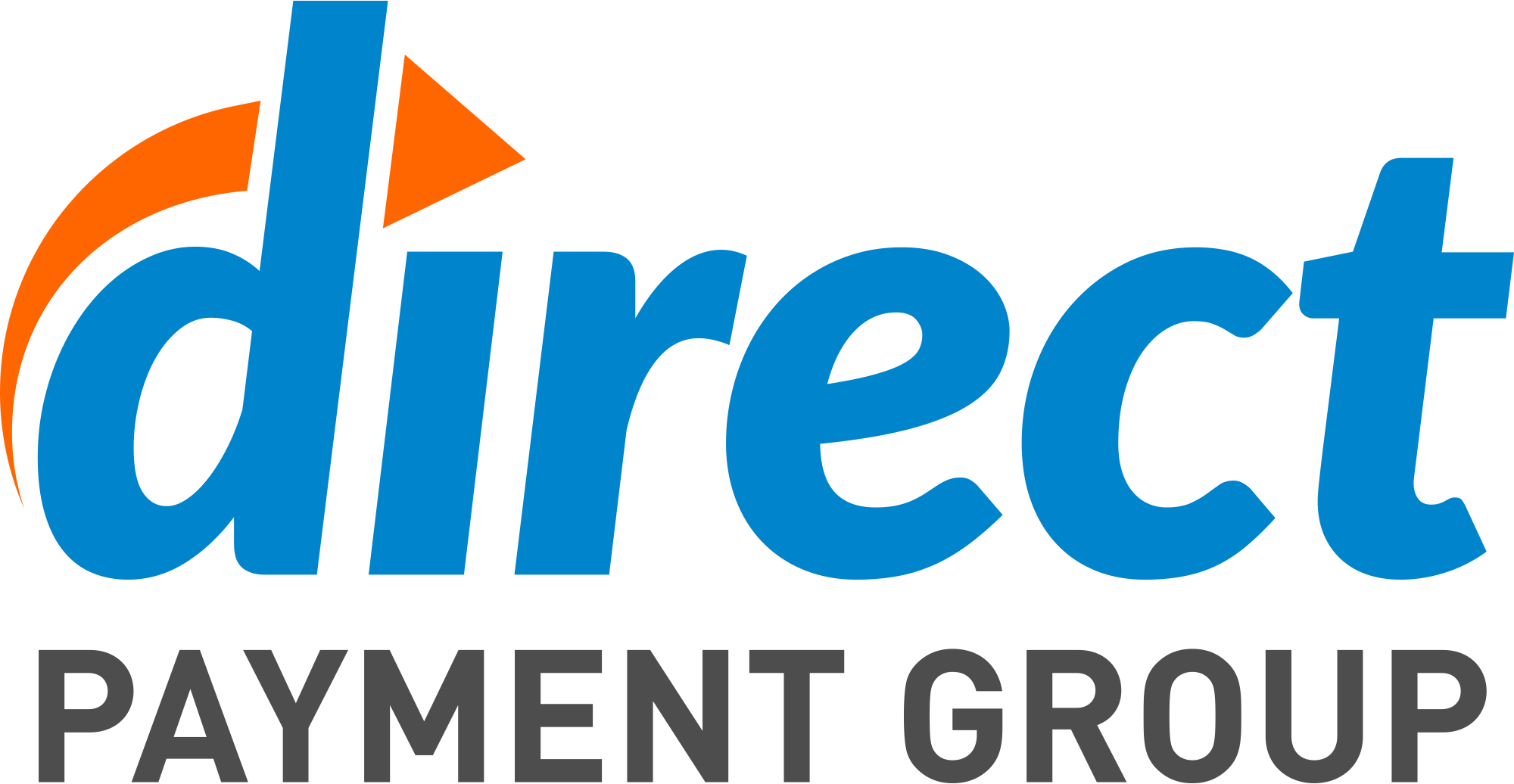How to Spot (and avoid) Costly Tiered Pricing When Selecting a Payment Processor
There are a lot of factors you need to look at when selecting a credit card processing company. You need to be able to take credit cards, and doing so comes with fees from the merchant bank, the issuing bank, card networks, the payment processor, etc. Payment processors use several different methods of charging, but the three most significant are tiered, cost-plus (also called interchange-plus) and flat rate.
Tiered pricing is the one we are most concerned with, because it has several issues that are not present with the other systems. To understand this, let’s first explain what the three systems are:
Flat Rate
In the flat rate model, the processor charges you the same rate for every transaction, regardless of the type of transaction or how much that transaction costs the credit card processing company, regardless of the card brand; even “expensive” cards like AMEX and Discover cost the same.
For example, one popular mobile processor currently charges 2.9% + $0.30 per transaction. This model has the huge advantage of simplicity. You know ahead of time how much of each transaction you’re going to lose to fees. It’s particularly handy if you sell a lot of things at the same price. Flat rate processors also generally don’t charge monthly fees.
The disadvantage is that the cost per transaction is substantially higher. Flat rate is mostly advantageous to small companies with very low sales volumes, or to companies that only sell face-to-face a couple of times a year, say at trade shows. For these businesses, a monthly fee can end up being more expensive in the long run.
Some companies also charge a lower flat rate combined with a monthly subscription, which can work better when your volume is higher. It’s a matter of doing some math to work out which option is better for you.
Is it time for you to move off of flat rate payment processing?
Cost Plus/Interchange Plus
With this pricing structure, the payment processor passes along the true cost whatever card type you’re charging (a practice known as interchange) and their markup. Their monthly statement includes a line item list for each transaction interchange level, which is very helpful in tracking the cost per card type. Generally, these processors have a low monthly fee and give you access to much better pricing.
You also know exactly what part of the credit card payment processing fee is being collected by whom, which means you can track more expensive transactions. This level of transparency makes this model attractive for most businesses, but costs do vary more than flat rate and can be a bit harder to predict.
Tiered Pricing
In the tiered pricing model, the processor splits transactions into a number of tiers and charges a different flat rate for each tier. Typically, these tiers are, from least to most expensive:
- Qualified rates, which means debit cards and non-reward credit cards that are swiped or inserted
- Mid-qualified rates covers membership rewards cards, loyalty cards, and transactions keyed in manually
- Non-qualified covers corporate cards, high-reward credit cards, international cards, and card-not-present transactions (usually meaning phone or online)
While it is reasonable for companies to charge more for riskier transactions, such as card-not-present, the “trick” of tiered pricing is that they charge a lower rate for standard cards and then a much higher rate for “non-qualified.” If your business almost never handles international cards and does not take cards over the phone, tiered pricing can look very appealing. It seems easy to understand, but the processing company could assign certain transactions to higher-fee tiers, which could cost you a buntch.
Selecting the right pricing model for your business can be confusing. If you need quicker answers to your pricing model questions, use the chatbot in the bottom-left portion of your screen or click here and we’ll get back to you ASAP!
The Issue with Tiered Pricing
Tiered pricing is always to the benefit of the payment processor. In their advertising, they tell you the qualified rate; this is often under 2 percent and looks really good. But, here’s the thing:
You can’t always tell what category any given transaction is going to fall under. This is particularly true with rewards cards; you can’t tell whether the card presented has rewards attached to it (some cards advertise that on the card, most don’t). So, while it’s easy to avoid card-not-present transactions, it’s not always easy to avoid “high-reward” credit cards.
Then you are suddenly stuck with a larger bill. On top of that, because the processors only advertise the qualified rates, they can be sneaky about increasing other rates without customers seeing it. There are no rules to how processors define tiers and no industry oversight whatsoever. You also can’t always tell whether the transaction was genuinely more expensive (visible with interchange plus) or not.
The average fee per transaction can be high with these methods – easily higher than the flat rate no-monthly-fee systems designed for low volume use.
Spotting Tiered Pricing
So, how do you know when a payment processor is using this method? Some things to watch out for:
- It’s referred to as tiered or bundled pricing.
- Look for the tier names (listed above); most processors use these names or variants of them, and often abbreviate as Qual, Mid, and NonQual
- The rate is similar across all card brands
- When you get the statement, you realize the percentage is higher than what you were quoted
- The rate being quoted in marketing materials seems unusually low; remember that processors offering these pricing schemes are trying to suck you in with the qualified rate, then avoid charging it as much as possible in favor of higher tiers
Avoiding a tiered pricing model is always better for your business. For very low sales volume, you are better with a flat rate card. For higher volume, you should go with interchange/cost plus. With either pricing model, you’ll gain peace of mind by knowing precisely what you’re being charged for each transaction, even if the tiered pricing model seems like a better deal on the surface.
Credit card processing fees are an important part of your small business’ costs. Keeping those costs down means avoiding costly tiered pricing, but also selecting the right payment processor.
If you think you’re being charged too much in processing fees, we can help. Contact us today for a free review of your statement and we’ll work together to determine which pricing model works best for your business. Click the button below to get started.






